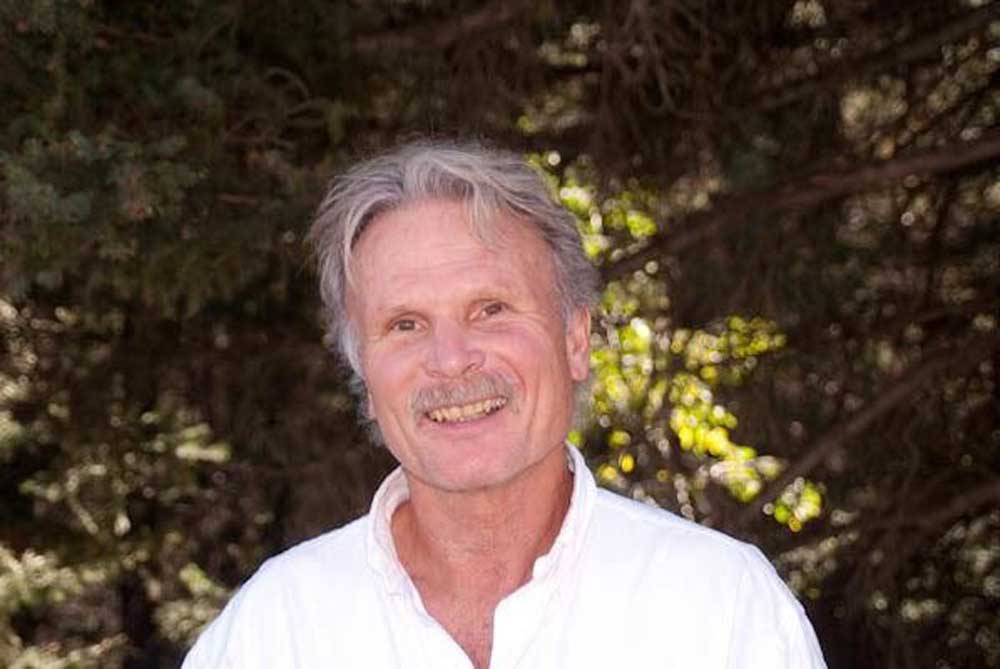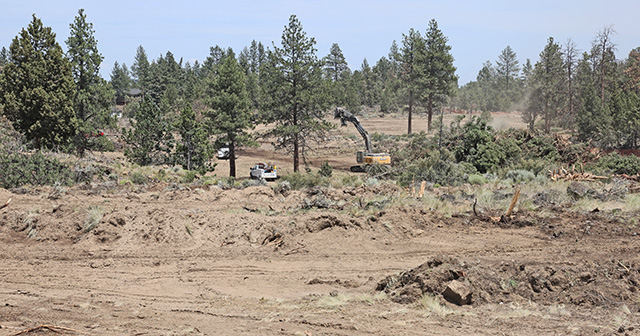Guest column: Don’t believe everything you hear about forest thinning and prescribed burns
Published 9:00 pm Monday, November 11, 2024

- Wuerthner
A few weeks ago, the Deschutes Collaborative Forest Project held a meeting in Sisters extolling the virtues of forest thinning and prescribed burning. However, the context for such happy talk was missing from their presentation, perhaps because the collaborative obtains funding from the Forest Service.
Here’s what you need to know. Neither thinning nor prescribed burns limit fire spread under extreme fire weather. Why is this important? Nearly all large fires occur during rare instances where drought, high temperatures, low humidity, and high winds combine to propel blazes.
The wind is a significant factor in nearly all sizable blazes.
When these conditions exist, wildfires quickly jump over, around, and through “fuel treatments.” Thinning or logging has limited effectiveness and, in many cases, exacerbates fire spread. For instance, thinning leads to drier soil and easier wind penetration.
Look at the Holiday Farm Fire that roared down the McKenzie River through massive clear-cuts (i.e., fuel reductions) in 2021 or the Eagle Fire of 2017 that blew embers across the Columbia Gorge and the mile-wide Columbia River to ignite blazes on the Washington side.
As I write this, Santa Anna 70-80 mph winds are driving wildfires across 10-lane highways and other “fuel-limited” areas in southern California.
The collaborative promotes thinning as “saving” Sisters from the Milli Fire but fails to note that what “saved” Sisters was a 180-degree shift in wind direction that drove the blaze back on previously burned areas and up into lava fields.
The Aug. 19, 2017, fire incident report says that winds (not fuels) were pushing the fire west toward homes outside of Sisters, and then on Aug. 21, 2017, the winds shifted to the opposite direction and were pushing the fire back west toward the wilderness (away from Sisters).
A review of the fire maps shows that the thinning units did nothing to keep it from burning into Sisters. The places where the fire stopped were almost entirely in unthinned forests, including the SE edge, S of Sisters, where the fire halted after burning through many thinned areas.
Similarly, while fuel treatments like prescribed burning sometimes work to slow blazes, the effectiveness of such fuel reductions is limited. Typically, within 2-5 years, they must be repeated.
Yet, many of the prescribed burns the Deschutes National Forest is implementing are far from the perimeter of communities where they might have some benefit.
Furthermore, in my experience and documented in some studies, prescribed burns can also increase fire spread because they often result in the regrowth of highly flammable grasses and shrubs. You can easily see this in many of the treatments around Bend. Ultimately, there is more highly flammable biomass like grasses than before treatments. So unless you focus on the repetition of burning — forever — you may be providing limited benefit.
Finally, the Forest Service claims that thinning improves “forest health” is a scam. Mortality from natural processes like wildfire or insects is a “loss,” but if the trees are killed by chainsaw medicine, it improves forest “health.”
Logging removes biomass (logs) from the forest, reducing overall carbon storage. Indeed, in Oregon, logging contributes more to climate warming emissions than even transportation and typically more than wildfires.
Chainsaw medicine degrades forest ecosystems ecologically.
In snag forests, you will find more insects (like bees), birds, mammals, and numerous other plants like mushrooms and some lichens that can only be found or increased in burned forests. Wildfires can also create more down wood in streams, which benefits aquatic ecosystems and fish.
The Deschutes Collaborative exists to further the degradation of our forest ecosystems. Be wary of their propaganda. The most effective means of protecting homes is through home hardening including removal of burnable materials from roof and adjacent to home, and other measures.
Do you have a point you’d like to make or an issue you feel strongly about? Submit a letter to the editor or a guest column.







